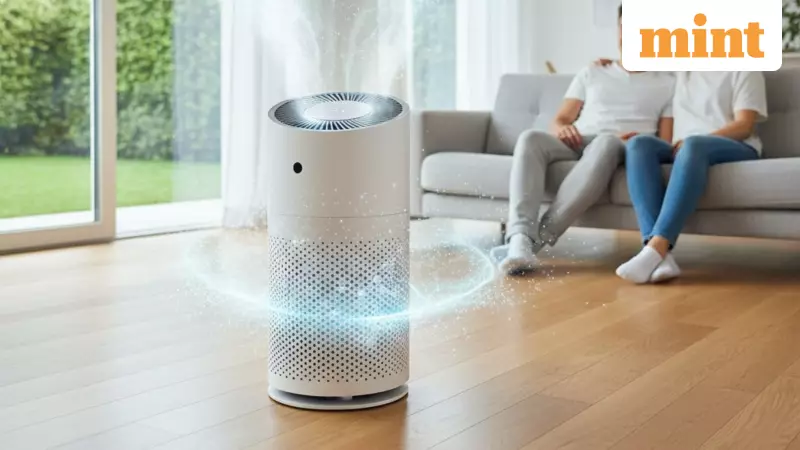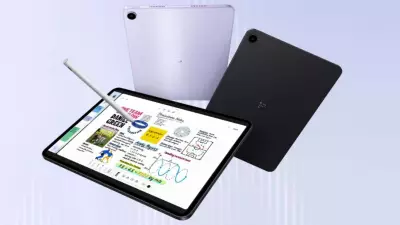
As toxic haze continues to blanket major cities across North India, with Air Quality Index (AQI) levels consistently registering in the 'very poor' to 'severe' categories, millions of Indians are urgently seeking solutions to protect their indoor air quality. The situation has become particularly critical in Delhi-NCR, where residents are waking up to grey skies and breathing hazardous air daily.
Why HEPA Technology is Your Best Defense Against Pollution
Medical experts and environmental specialists unanimously recommend High-Efficiency Particulate Air (HEPA) filters as the most effective technology for removing dangerous PM2.5 particles from indoor environments. These microscopic pollutants can penetrate deep into lungs and bloodstream, causing serious health complications over time.
"HEPA filters can capture up to 99.97% of particles as small as 0.3 microns," explains Dr. Rajesh Kumar, a pulmonologist at Delhi's Sir Ganga Ram Hospital. "For families living in high-pollution zones, investing in a quality air purifier isn't a luxury—it's a health necessity."
Top Air Purifier Features to Consider Before Buying
- True HEPA Filtration: Ensure the purifier contains genuine HEPA filters, not just "HEPA-type" alternatives
- Room Size Coverage: Match the purifier's capacity to your room dimensions for optimal performance
- Clean Air Delivery Rate (CADR): Higher CADR values indicate faster air cleaning capability
- Smart Features: Many modern purifiers offer real-time air quality monitoring and app connectivity
- Filter Replacement Costs: Consider long-term maintenance expenses when making your purchase
Budget-Friendly Protection: Purifiers That Won't Break the Bank
The sub-₹30,000 segment has seen remarkable innovation, with several reputable brands offering feature-packed models that deliver hospital-grade air purification at affordable prices. From established international names to emerging Indian brands, consumers now have multiple options to choose from based on their specific needs and room sizes.
Many of these purifiers now come with additional filtration stages including activated carbon filters for neutralizing odors and gaseous pollutants, pre-filters for capturing larger particles, and some even incorporate UV-C light technology for germ elimination.
Beyond the Purifier: Comprehensive Air Quality Management
While air purifiers provide crucial protection indoors, experts recommend a multi-pronged approach to dealing with pollution:
- Keep windows closed during peak pollution hours, typically early mornings and late evenings
- Incorporate air-purifying plants like snake plants and peace lilies as supplementary measures
- Use exhaust fans in kitchens and bathrooms to control humidity and prevent mold growth
- Regularly vacuum and dust your home to reduce accumulated particulate matter
- Monitor outdoor AQI levels using reliable apps before planning outdoor activities
As winter intensifies and meteorological conditions continue to trap pollutants closer to the ground, the demand for effective air purification solutions is expected to surge further. Making an informed decision now could provide your family with cleaner, healthier air throughout the pollution season and beyond.





